15 July 2025
Let’s be real—traditional mindfulness practices don’t always hit the mark when it comes to special education. And that’s okay. After all, mindfulness isn’t a one-size-fits-all solution. But when we take the time to adapt and mold these practices to fit the unique needs of students with disabilities, something magical happens.
In this post, we’re diving deep into how mindfulness can be a game-changer in special education. We’ll talk about what it is, why it matters, and—most importantly—how to make it work for diverse learners. Whether you're a teacher, a parent, or someone who supports exceptional kids, this one’s for you.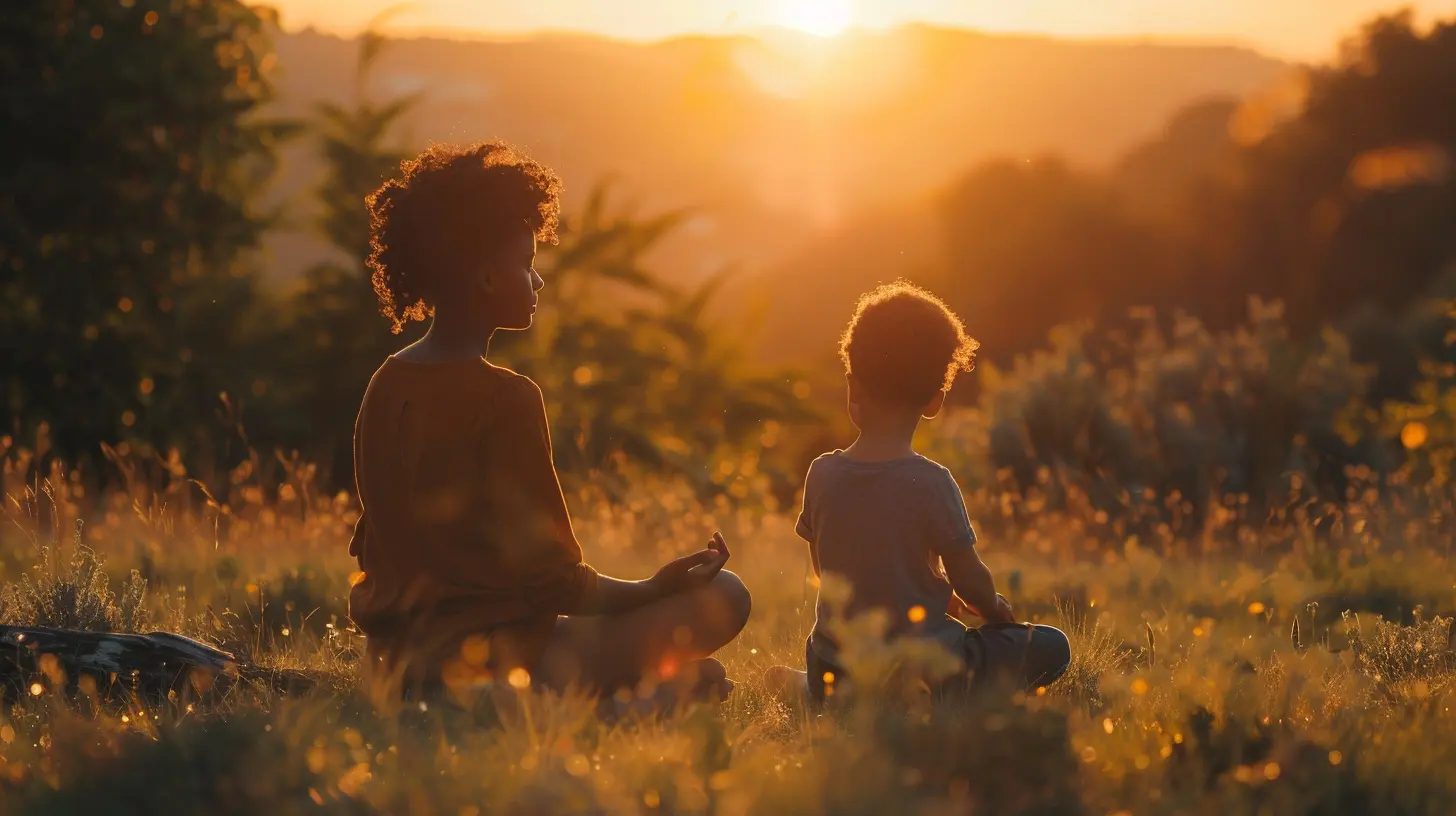
What Is Mindfulness, Really?
We hear the word all the time, but what does it truly mean?At its core, mindfulness is just being present. It’s paying attention to what’s happening inside and around you without judging it. Sounds simple, right? Well, it’s not always easy—especially for kids, and even more so for kids with special needs. But that doesn’t mean it isn’t possible.
Let’s break it down even more. Think of mindfulness as a flashlight. Most of the time, our minds are like a flashlight darting all over the place—what’s for lunch, that thing I said yesterday, tomorrow’s math test. Mindfulness is taking the flashlight and consciously pointing it at what’s happening right now. Breathing. Feeling. Noticing.
Why Mindfulness and Special Education Belong Together
Here’s the deal—students with special needs often face higher levels of stress, anxiety, and sensory overload. From autism to ADHD, learning differences to emotional-behavioral challenges, their brains are working overtime just trying to keep up with the world around them.Mindfulness can give them a break.
It’s not a cure, and it’s not a quick fix. But it is a tool—a powerful one. Research and real-life classroom experiences show that mindfulness can help students:
- Regulate emotions
- Improve focus
- Reduce anxiety
- Build self-awareness
And for many of these students, that’s a huge win.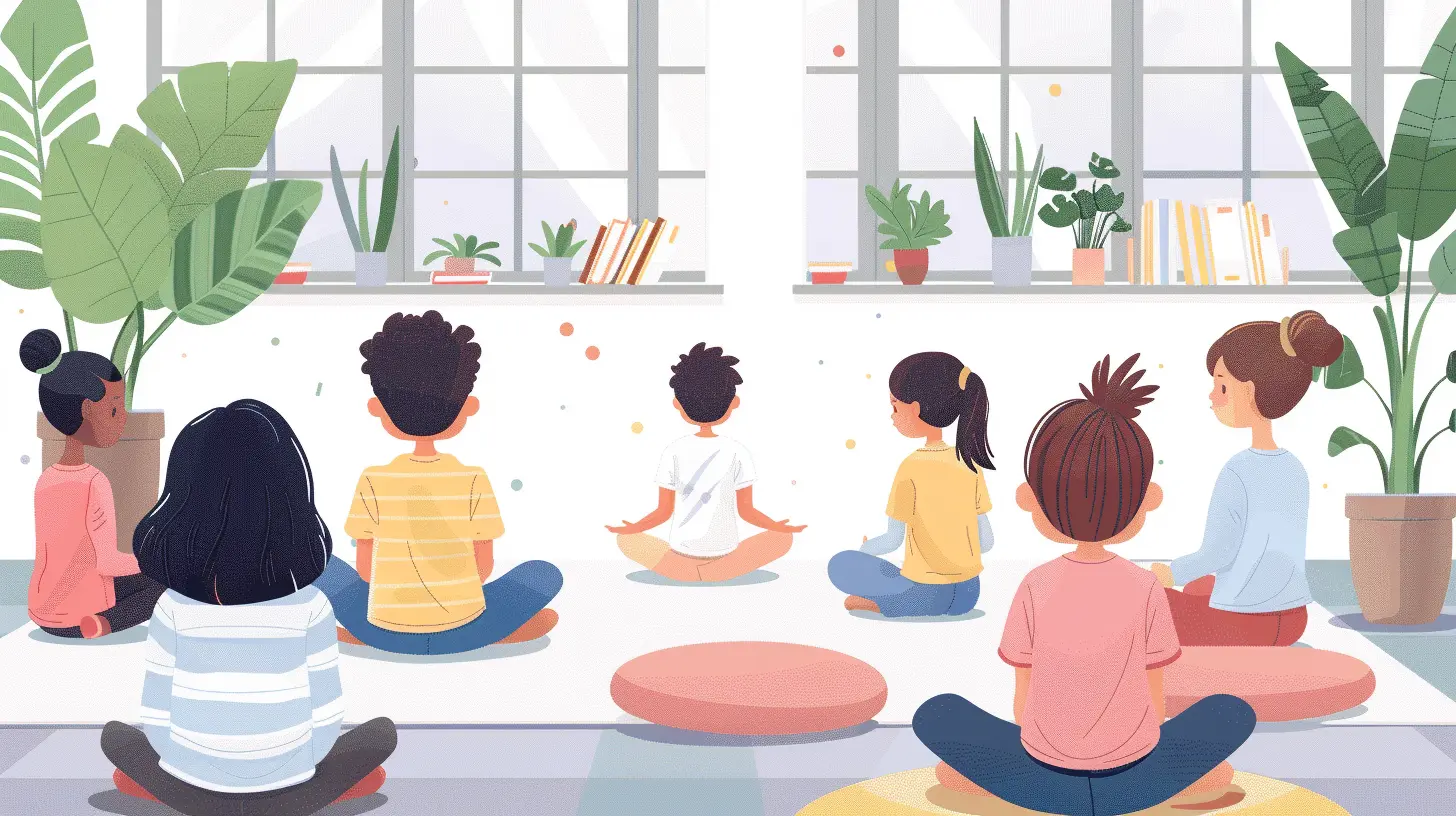
Meeting Students Where They Are
Here’s where things get interesting. Mindfulness practices need to fit the student, not the other way around. A ten-minute silent meditation? Yeah, that might work for some, but for others? Total nightmare.So how do we tailor mindfulness for special education?
We get creative. We observe. We try, fail, tweak, and try again. The key is to introduce practices that are accessible, engaging, and safe—emotionally and physically.
Let’s talk strategy.
Adapting Mindfulness for Autism Spectrum Disorder (ASD)
Kids on the autism spectrum often experience challenges with sensory processing, communication, and emotional regulation. Traditional mindfulness can feel overwhelming or even confusing. But when it’s adapted properly, it can become a calming anchor.What Works?
- Visual Supports: Use picture cards or visual timers to guide breathing exercises or body scans.- Sensory-Friendly Tools: Weighted blankets, soft textures, or calming sensory bottles can enhance focus.
- Repetitive Movements: Gentle rocking, tapping, or even mindful walking can offer both regulation and grounding.
- Short Sessions: Start small—30 seconds of breathing or simply noticing sounds can be enough to build a habit.
Remember, consistency is key. And so is flexibility. What works one day might not the next—and that’s perfectly normal.
Supporting Students with ADHD Through Movement-Based Mindfulness
Let’s face it—asking a student with ADHD to sit still is like asking a squirrel not to climb a tree. But guess what? Mindfulness doesn’t have to be still. In fact, movement can be a doorway into mindfulness for kids who struggle to stay seated.Go-To Ideas
- Mindful Movement: Think yoga poses, stretching, or guided dance with an emphasis on body awareness.- Breath + Motion: Link breathing with movement—inhale while reaching up, exhale while folding forward.
- Counting Steps: Take a “mindful walk” where students count or name sounds with every step.
- Tactile Tools: Stress balls, fidget toys, or textured objects can help focus attention without needing complete stillness.
The goal isn’t to eliminate movement—it’s to make the movement meaningful.
Emotional and Behavioral Challenges? Mindfulness Builds Inner Calm
For students dealing with emotional outbursts, trauma, or behavioral disorders, mindfulness can be a lifeline. But it has to be introduced gently and consistently, with lots of support.Gentle Approaches That Work:
- Safe Spaces: Create a “peace corner” with calming items—pillows, soft music, visuals that cue self-regulation.- Guided Imagery: Take students on a “mind-walk” to a calm beach or forest using simple, descriptive language.
- Co-Regulation: Practice breathing together. Deep inhale… sloooow exhale. It’s more powerful when done side by side.
- Emotion Naming: Use emotion charts or cards to help students recognize and name what they feel.
The biggest thing? Trust. Students need to feel emotionally safe before mindfulness can take root.
Making Mindfulness Inclusive for Students with Physical Disabilities
Physical disabilities can impact how students interact with their world—and mindfulness must respect that. But here's the beautiful part: mindfulness isn't about how you sit or move; it's about how you feel and focus.Inclusion Tips:
- Adaptive Positions: Mindfulness can happen lying down, reclined, or even using assistive devices.- Mindful Listening: Focusing on sounds can be a powerful practice—chimes, nature sounds, or even silence.
- Breathing with Assistance: Use visual breath cues or place a hand on the chest to feel the breath move.
- Partner Practice: Sometimes sharing space with a supportive peer or adult helps with focus and comfort.
We don’t need to change bodies to feel mindful. We just need to tune into them, however they are.
Easy Mindfulness Activities for the Special Ed Classroom
Looking for simple ways to start? Here are a few tried-and-true practices that can be modified for just about any learner.1. Mindful Breathing with Bubbles
Blow bubbles and have students focus on watching them float. It’s breathing, watching, and calming—all in one.2. Five Senses Check-In
Ask: What can you see? Hear? Touch? Smell? Taste? It’s grounding, and it builds awareness fast.3. Glitter Jar
Shake a clear jar filled with water and glitter. Watch it settle. It’s a metaphor for the mind—and a calming visual tool.4. Belly Buddies
Have kids put a small stuffed animal on their belly and “rock it to sleep” with their breath. Great for younger kids.5. Tension & Release
Muscle relaxation is powerful. Tense your hands like you’re squeezing lemons, then let go. Feel the difference? That's mindfulness!Teaching Tips for Educators and Caregivers
You don’t need to be a Zen master to teach mindfulness. But you do need patience, empathy, and a good sense of humor.Here’s what helps:
- Model It: Kids copy what they see. If you’re practicing mindfulness too, it’s contagious—in the best way.
- Be Flexible: One day they may love it. The next day, not so much. That’s okay. Go with the flow.
- Keep It Fun: Add music, movement, and stories. Mindfulness doesn’t have to be serious to be powerful.
- Celebrate Small Wins: Fifteen seconds of stillness? That’s a big deal. Celebrate it.
- Tune In: Watch how students respond, and don’t be afraid to mix things up.
And most of all, know that every attempt counts. You're planting seeds that might grow in ways you never expect.
Final Thoughts: Every Breath Counts
Let’s wrap it up here.Mindfulness for special education isn’t about being perfect. It’s about being present—with all the messiness and magic that comes with learning, growing, and facing the world with courage.
When we tailor mindfulness to meet diverse needs, we’re not just teaching a technique. We’re teaching kids how to come home to themselves. To self-regulate. To feel safe. To find a moment of calm when everything else feels too big.
And that? That’s a gift they’ll carry for a lifetime.
So take a deep breath, roll with the bumps, and keep going. You're doing incredible work—and your students? They're lucky to have someone like you in their corner.

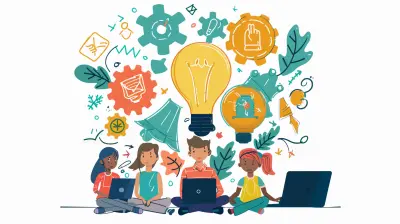


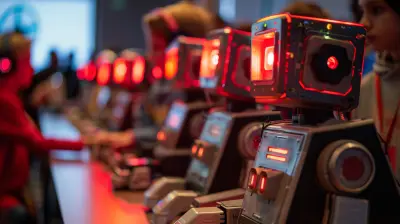
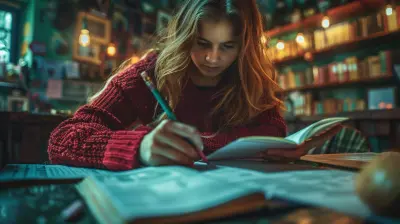
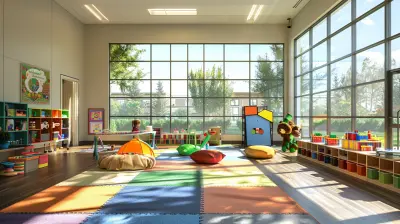
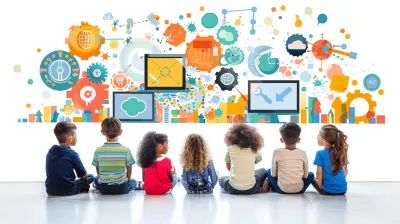
Heath McIntosh
Thank you for this insightful article! Emphasizing mindfulness in special education truly highlights the importance of addressing diverse needs. Tailoring practices fosters a supportive environment for all learners.
November 23, 2025 at 12:48 PM